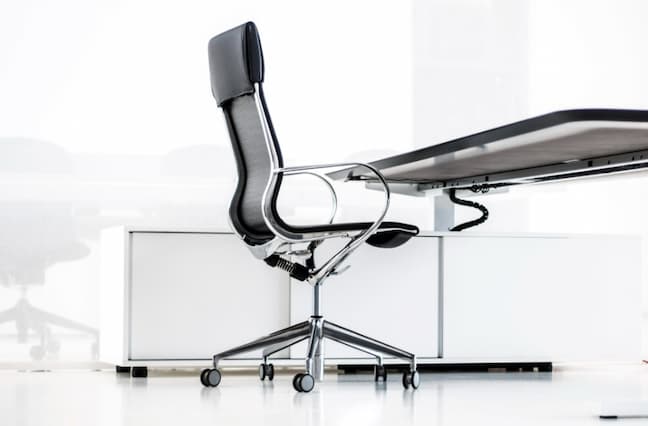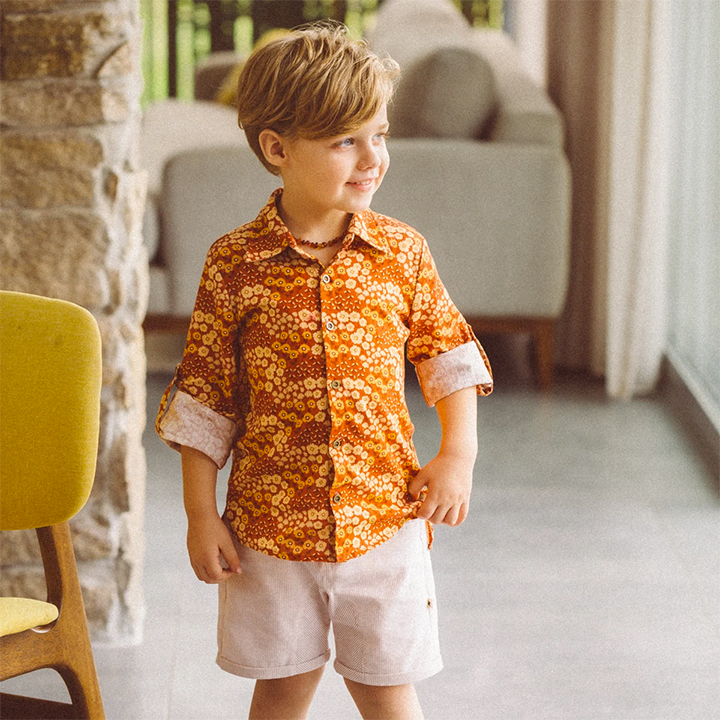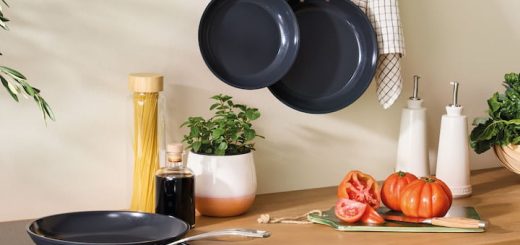How To Create an Oasis in a Water Plant Bowl
It’s the omnipresent flow of water that gives the Gardens of Versailles their unique character. Water features of all kinds adorn these impressive French feats – waterfalls hidden in some of the groves, dozens of fountains with synchronized spurts of water accompanied by music, and the calm surface of the Water Parterre reflecting the sky and sun. Unfortunately, if you’re the owner of a small garden, adding such large water features is unimaginable. Yet something as simple as a water plant bowl can become a lovely oasis of vegetation that adds more life to your garden setting. And this is how you can get it done.

Pick the Right Container
Any container can easily become a water element, but not every container can become a water pond. The container you choose can affect whether the plant life thrives or not. For instance wood containers, although looking very attractive, can contain bacteria that the harm plants and fish living in them. Luckily, with a quick Google search you’ll be able to find a specialized water plant bowl made out of ceramics or plastic – non-porous materials that aren’t susceptible to housing bacteria.
The size of the water plant bowl is also incredibly important. The plants need a wide enough bowl where they can spread out better and receive more sunshine. However, it should not be very deep, because some plants need to have a large portion above water to receive more oxygen. Ideally, a bowl with more than 50 cm in diameter and up to 35 cm deep is perfect to house a small water oasis. If you already have an old bowl lying around, make sure to check for possible leaks. If not, you can find a quality water plant bowl at any specialist plant nursery. Choosing a bowl with a dark colour on the inside which will create a more spacious effect adding depth to the pond.
A Lovely Pond Requires Water-loving Plants
Water plants that normally grow in natural ponds around your area will also thrive beautifully in your own miniature water oasis. This means various types of floaters, oxygenating grasses bog and marginal water plants. Floating plants are must-have element in a garden pond; Not only do water hyacinths and water lettuce grow fast and have nice green look, they also help to reduce the amount of algae in the pond.
A healthy pond requires the presence of oxygenating plants that help maintain the ideal Ph balance of the water. Anacharis, fanwort, feather grass and bold grass grow submerged and usually sit at the bottom of the pond, allowing extra space on the surface for the more decorative plants to grow, like for instance water lilies. Water lilies, yellow irises and horntail are all the favourite plants in a small pond. Their lovely flowers add plenty of colour to the pond, and also help keep the water cool.
Pick an Appropriate Location
Wherever you place the water plant bowl, it’s sure to spread a serene ambiance all around it and become a garden focal point people can admire. However, consider the amount of sunshine the pond will get at that particular location. Spots that get plenty of sunshine in the morning, and become shaded in the afternoon are optimal locations. The plants receive just enough heat to trigger photosynthesis, while also being sheltered from the intense afternoon sun that can harm them. Check how your pond plants are doing the first couple of weeks, and consider changing locations if you notice they’ve started to wither.







![AFX Sauber F1 C44 Stake No24 Slot Car [22092]](https://www.availableonline.com.au/wp-content/uploads/2025/06/6ccd9e30-c6fa-4910-9081-5fcc3ba80b04__60843-520x245.jpg)

